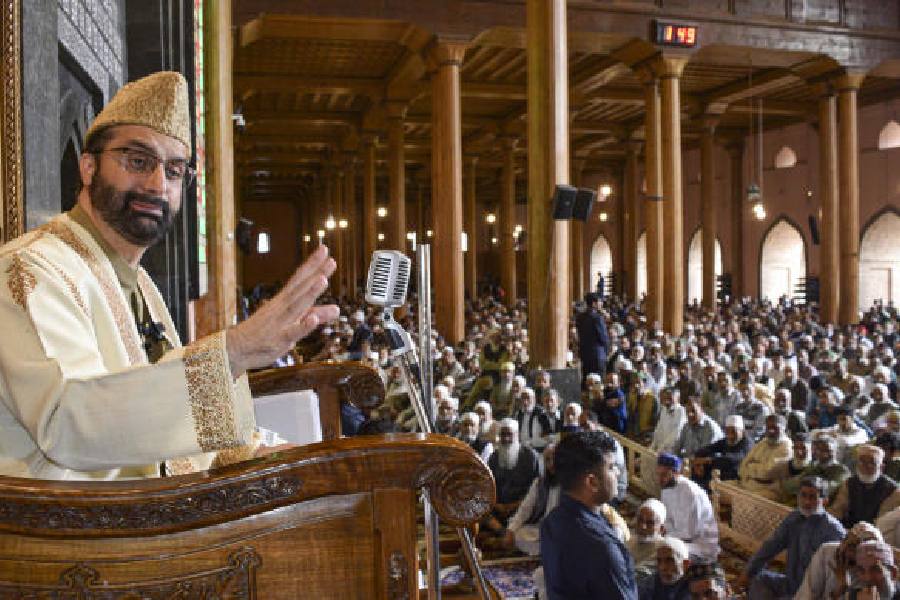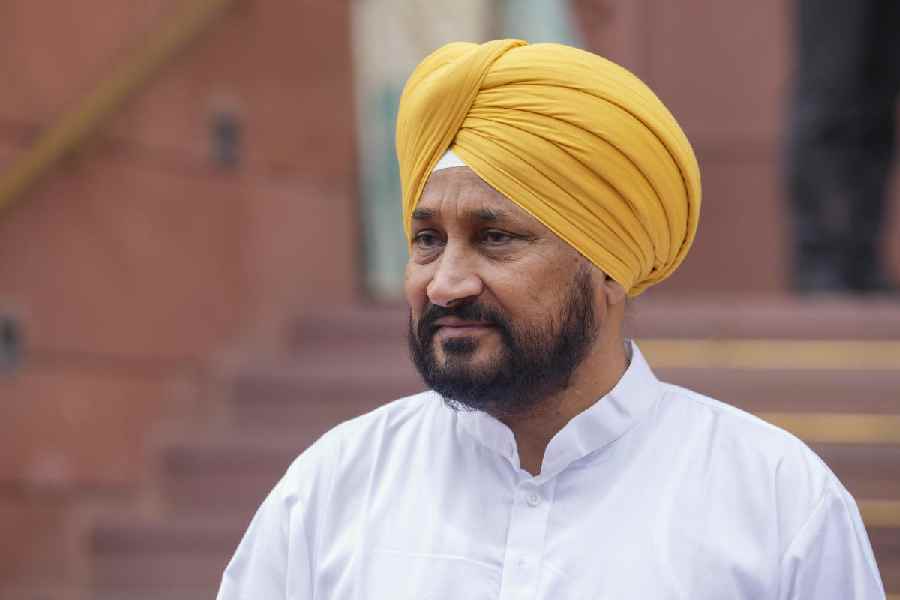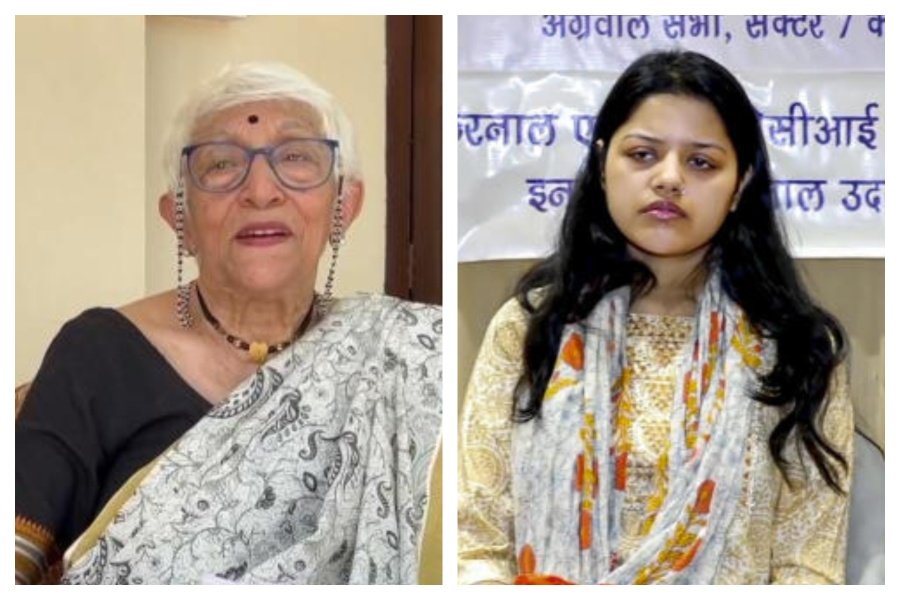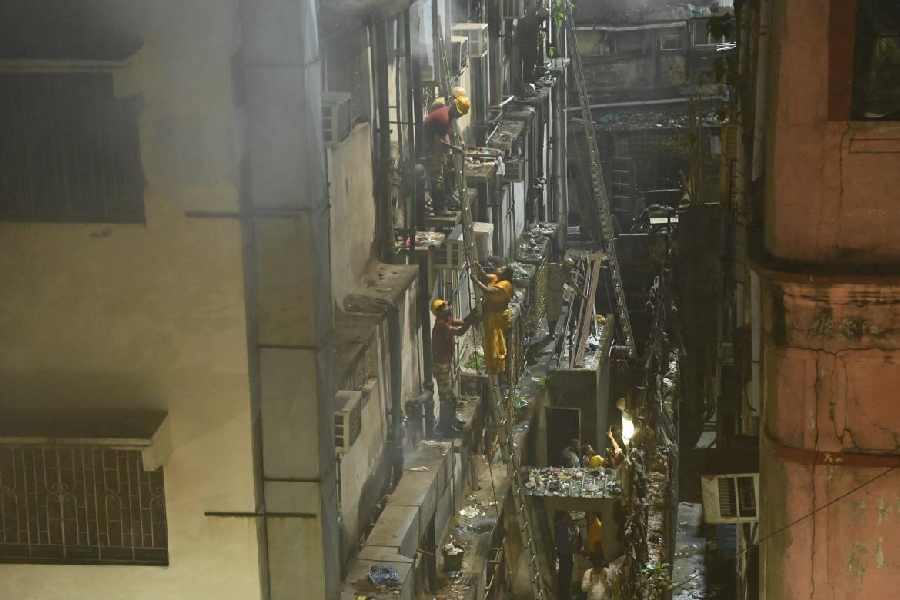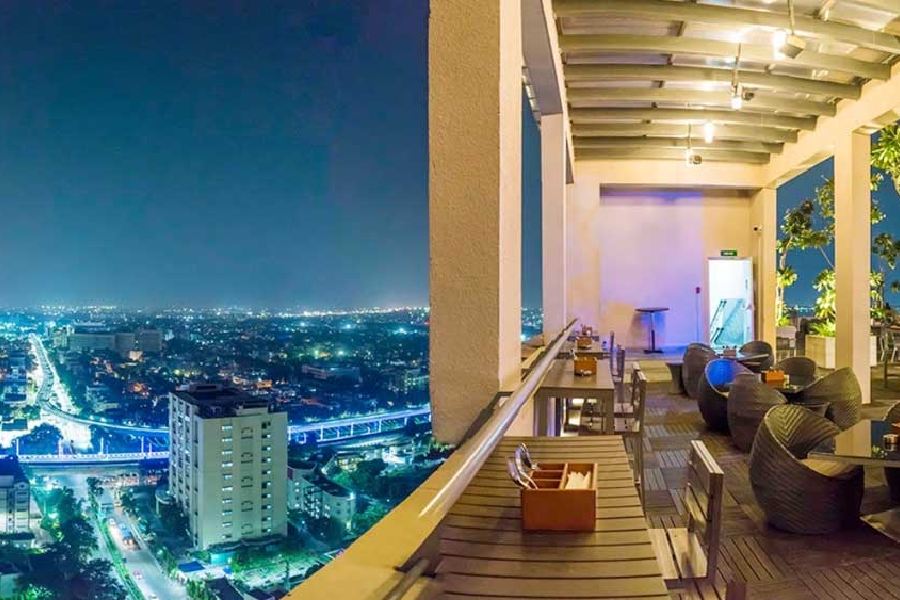Patna, Oct. 29: That Bihar has to be content with Tariq Anwar as its “representative” in the central ministry is yet another pointer to the Congress’s continued bankruptcy in the state.
Anwar, though a native of the state, is at present a Rajya Sabha member from Maharashtra belonging to the Nationalist Congress Party (NCP).
“The Congress has only two MPs, including Lok Sabha Speaker Meira Kumar, from Bihar. Md Asrarul Haque, the MP from Kishanganj, is a political rookie. The party, for all practical purposes, is woefully devoid of the numbers to find representation in the Union ministry,” lamented a senior Congress leader.
In UPA-I, Bihar was represented by men like Lalu Prasad and Ram Vilas Paswan in the Union council. Since 2009, when the UPA-II began its innings, there has been no minister from the state in the central cabinet. Political observers could not recall a longer stint when Bihar has gone unrepresented.
It is not as if the party, which ruled Bihar for well over 40 years since Independence — effectively till 1990 with brief interruptions from Socialists in the late sixties and seventies, has reached such a “pitiable” state all of a sudden. The Congress, in fact, never recovered from the reverses it suffered in the 1989 Lok Sabha elections.
The party was reduced to four MPs in Bihar in 1989 when the Janata Dal led by V.P. Singh and supported by other non-Congress forces across India replaced the Rajiv Gandhi regime. The Congress got its footing back in other parts of the country and staged a comeback in 1991 at the Centre. But it never recovered in Bihar.
The party’s Lok Sabha tally in Bihar shrank to two seats in 1991 when the Congress formed the government at the Centre. Its Lok Sabha tally has vacillated between one and four in the five Lok Sabha elections held between 1996 and 2009.
Apart from its setback in the Lok Sabha polls, what, according to senior party insiders, has hurt the Congress most is its continuous loss of Opposition space to the BJP and later to the NDA alliance in the state. The Congress had earned 72 Assembly seats in 1990 when it lost power to the Lalu Prasad-led Janata Dal but was still the main Opposition party in the then 324-member House.
However, gradually but steadily, the Congress lost its chief Opposition status too, for the first time to the BJP in 1995, when the Grand Old Party won 29 seats against the BJP’s 42. “More than losing in terms of seats to its opponents, what dealt the Congress its biggest blow was its failure to operate as an effective Opposition force against the then Lalu regime,” said a senior Congress leader.
“From 1990 to 1995, we did nothing to look like an effective Opposition. We neither fought at the grassroots level nor at the state level in the first five years. We neither organised rallies nor did we stage a gherao of the Assembly,” a party insider said, recalling the bout of inaction and lack of public connect. “The BJP, which cashed in on our inactivity, emerged as the main symbol of opposition, attracting the people who were disenchanted with the ruling regime.”
Instead of trying to get back its lost position, observers said, the party began playing second fiddle to Lalu Prasad’s RJD through the second half of the 1990s when the “messiah of the poor” was getting discredited because of his alleged involvement in corruption cases.
When the curtains finally came down on the Lalu-Rabri regime in 2005, the gainer was the main Opposition, the JD(U)-BJP combine. The Congress’s slide continued unabated. It was reduced to 23 MLAs in February 2005; by November of that year, the number slipped further to 10. In 2010, the party managed to win only four Assembly seats, its lowest tally ever in elections to the state legislature.
Humiliated by then alliance partner Lalu Prasad’s offer of only four Lok Sabha seats in 2009, the Congress broke its pact with the RJD and decided to go it alone in the subsequent polls. Rahul Gandhi made several whistle-stop visits to the state for the 2009 Lok Sabha and 2010 Assembly polls. But his efforts proved futile.
But some enthusiastic party leaders have yet not lost hope. “We are getting a historic chance once again. People are getting disenchanted with Nitish rule, suggesting there is space for the Opposition parties. We must fight fiercely against Nitish to occupy the Opposition’s space that is in the making,” senior Congress leader Premchand Mishra said. “The people getting disenchanted by Nitish are looking towards us.”
The party is now faced with twin challenges: it has to consider an alliance with Lalu Prasad — still the biggest Opposition force — if it intends to increase its tally in the next general election scheduled for 2014. At the same time, it has to establish itself as the viable Opposition force against the JD(U)-BJP combine.
The problem is that the Congress’s organisational set-up is in a shambles. Its state committee election is pending for the last eight months. “The party high command must put in place its organisational set-up and must begin carrying out fast-paced agitation programmes against Nitish rule in the run-up to the Lok Sabha polls,” Mishra said.
That, even senior Congress leaders would agree in private, is easier said than done. The road ahead for the party is long and arduous.


